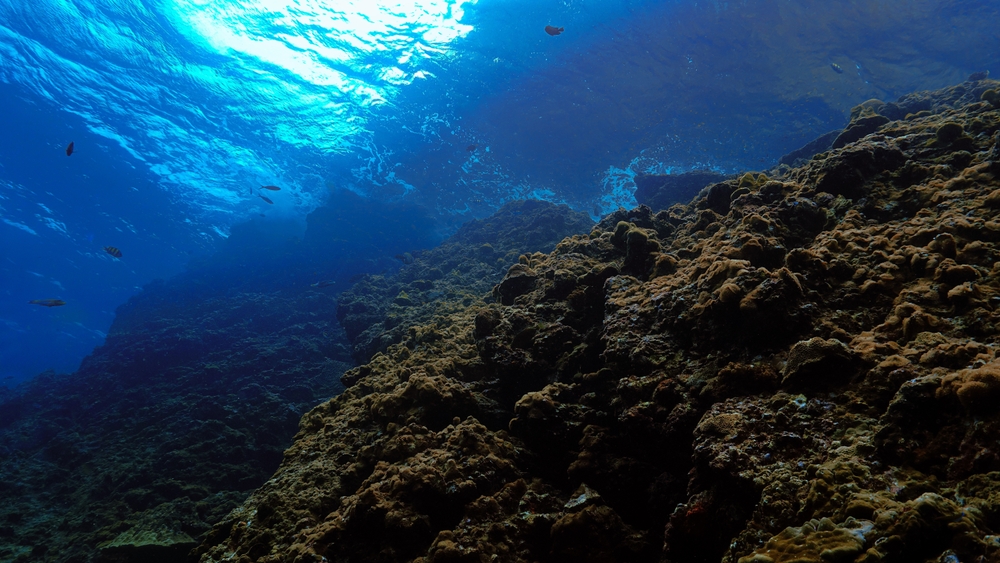The WWII Weapons That Could Still Cause Catastrophe
Others are reading now
The Baltic Sea holds many secrets from past wars. Some of them are deadly.
For decades, barrels filled with toxic chemicals have been sitting at the bottom of the sea.
They were dumped there as a quick solution, pushing the problem far into the future. Now, experts warn that future has arrived.
Professor Jacek Bełdowski from the Institute of Oceanology at the Polish Academy of Sciences has been studying this issue for years, writes WP.
Also read
Recently, he gave a lecture titled “Sunken Ammunition in the Baltic Sea – A Forgotten Problem.”
He spoke at the Museum of the Second World War in Gdańsk, reminding people of the danger lurking beneath the waves.
These weapons date back to World War II. Nazi Germany produced large amounts of chemical warfare agents, including mustard gas, sarin, and tabun.
Though they were rarely used in battle, the stockpiles remained after the war. The Allies had to decide what to do with them.
At the Potsdam Conference, they chose a quick and cheap method of disposal. They dumped them into the sea.
Two main dumping sites were used: Gotland Deep, which holds around 2,000 tons of chemical weapons, and Bornholm Deep, where about 38,000 tons were disposed of.
Additional stocks were sunk elsewhere. Some estimates suggest there are over 90,000 tons of chemical munitions in the Baltic alone.
Many were placed in metal barrels or inside sunken ships. Some were even dumped outside the designated zones.
Over the years, these weapons have begun to resurface. In 1955, a barrel of mustard gas washed up on a beach in Darłówek.
About 100 people, including children, suffered burns or even lost their eyesight. Fishermen have also pulled up dangerous materials in their nets.
In 2012, white phosphorus contaminated a beach near Czołpino. These incidents were caused by small leaks. A large-scale release would be disastrous.
No one knows exactly how much time is left before these weapons become a full-blown environmental catastrophe.
Some experts believe corrosion could cause mass leaks within 60 to 120 years. Others think the process could take 500 years.
Either way, the risk is real. The worst-case scenario could wipe out marine life in the Baltic and even parts of the North Sea.
The effects would reach people as well, disrupting fishing, tourism, and entire coastal communities.
Efforts are being made to monitor the situation. Programs like the EU’s MUNIMAP aim to track and study the condition of these weapons.
However, funding is limited. Legal issues also slow down cleanup efforts. Extracting these weapons is complex, expensive, and risky.
So far, only Germany has invested significantly in a solution. They allocated 100 million euros for research. However, legal obstacles have made progress difficult.
The Baltic Sea is not just home to chemical weapons. Other wartime debris also poses a risk. Sunken ships contain thousands of tons of fuel, artillery shells, and hazardous cargo.
Mines from past wars still drift in the water, threatening ships. The cleanup process is slow, and the sea remains a ticking time bomb.
For now, the world is watching and waiting. Scientists continue to monitor the situation, hoping to find a way to neutralize the threat before it’s too late.
But one thing is certain. The problem is no longer in the distant future. It is here, and it needs a solution now.

